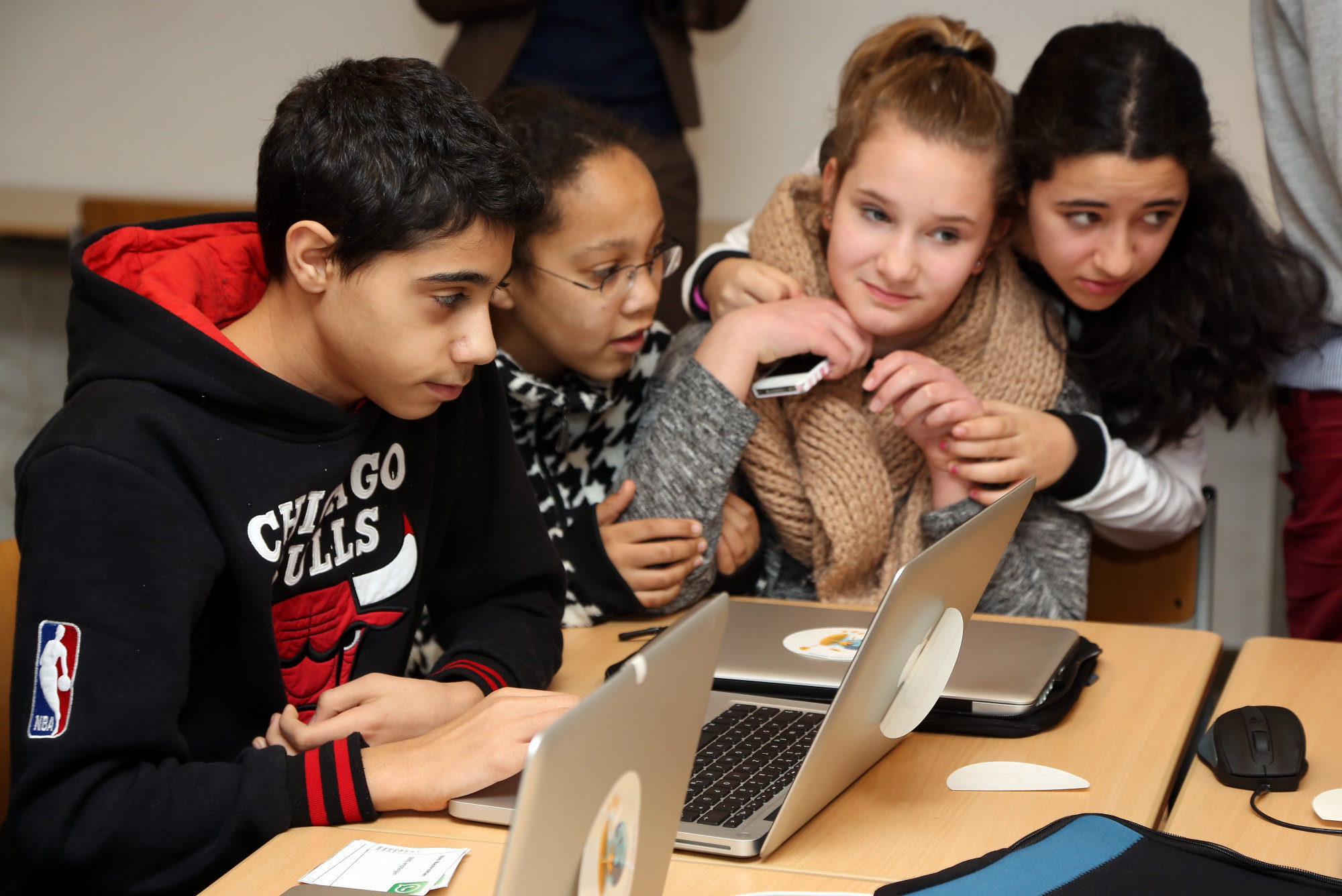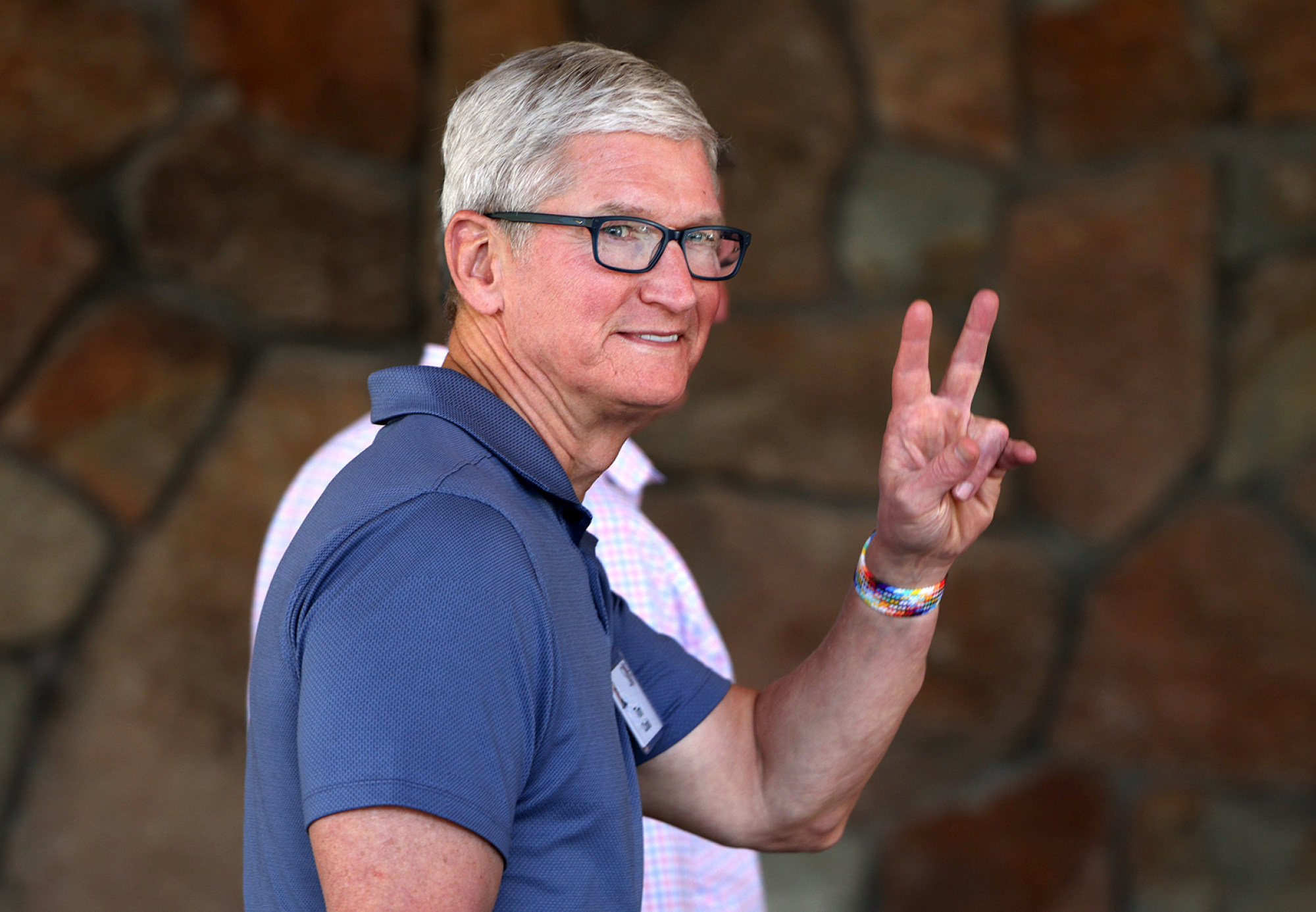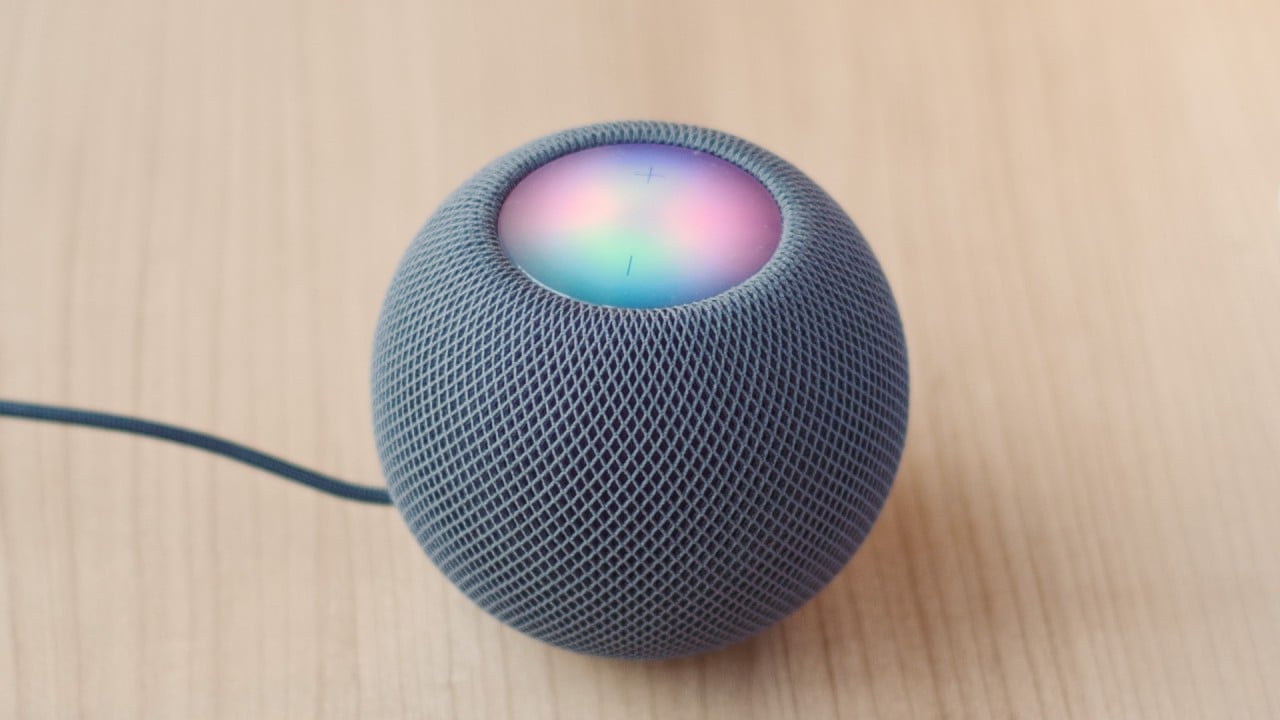
Apple is seriously considering producing touch-screen Macs that Steve Jobs called ‘ergonomically terrible’
- Apple engineers are actively engaged in the project, although a launch has not been finalised, according to sources
- Rivals such as Microsoft and Lenovo Group have increasingly added touch screens to computers, putting pressure on Apple to do the same
Apple engineers are actively engaged in the project, indicating that the company is seriously considering producing touch-screen Macs for the first time, according to people familiar with the efforts. Still, a launch has not been finalised and the plans could change.
For more than a decade, Apple has argued that touch screens do not work well on laptops and that the iPad is a better option if someone wants a touch interface. Apple also has concerns that touch-screen Macs could cannibalise iPad sales.
But rivals have increasingly added touch screens to personal computers, putting pressure on Apple to do the same. A Mac resurgence in recent years also has made the business a bigger moneymaker than the iPad – and the company wants to keep its computer line-up as compelling as possible.
Based on current internal deliberations, Apple could launch its first touch-screen Mac in 2025 as part of a larger update to the MacBook Pro, according to the people, who asked not to be identified because the plans are private.
A representative for Cupertino, California-based Apple declined to comment.
Apple shares gained 2.1 per cent to US$133.49 on Wednesday. The stock is up 2.7 per cent so far in 2023.

The current work calls for Apple’s first touch-screen MacBook Pro to retain a traditional laptop design, including a standard trackpad and keyboard. But the laptop’s screen would support touch input and gestures – just like an iPhone or iPad. Over time, Apple could expand touch support to more of its Mac models.
As part of the MacBook Pro revamp, Apple is also planning to move its displays to organic light-emitting diode (OLED) technology. The company currently uses liquid crystal displays on its Macs, but iPhones and Apple Watches already rely on OLED. Those screens offer improved brightness and colour, and will also come to the iPad Pro in the first half of 2024.
If the touch-screen Mac moves forward, it would be a significant turnabout. The late Jobs said the idea of having computer users reach up to touch an upright screen “doesn’t work”.
“Touch surfaces don’t want to be vertical,” he said in 2010. “After an extended period of time, your arm wants to fall off.”

Jobs’ successor as chief executive, Tim Cook, maintained that stance in more recent years. In 2012, Cook said that Microsoft blending tablets and laptops was equivalent to combining a toaster with a refrigerator.
But Apple has reversed course in other areas. Jobs also said Apple would not sell a phone or tablet, and those became key businesses for the company.
There also have been outward signs that Apple is considering a change in course.
In 2018, Apple started to combine its applications, bringing iPad apps to the Mac. The following year, it did the same for apps from outside developers. In 2020, the company started permitting iPhone apps to run on its computers.

But that transition has put a spotlight on the Mac’s lack of touch support. Using an app designed for an iPhone on the Mac can be a frustrating experience.
Even with the reversal on touch screens, Apple is not actively working to combine the iPad and Mac operating systems, the people familiar with the situation said. The first touch-screen Macs are likely to use macOS.
For years, some Apple customers have been asking for touch Macs, and the company made previous attempts to satisfy those users. In 2016, it launched the Touch Bar, a virtual strip on the keyboard that controlled functions. The feature was a dud, confusing consumers and never gaining enough steam with app developers. Apple discontinued the feature in 2021 on the high-end MacBook Pro.
By this past October, Apple sounded less hostile to the idea of touch-screen Macs. When asked about the prospect at a conference, software engineering chief Craig Federighi answered, “Who’s to say?”


